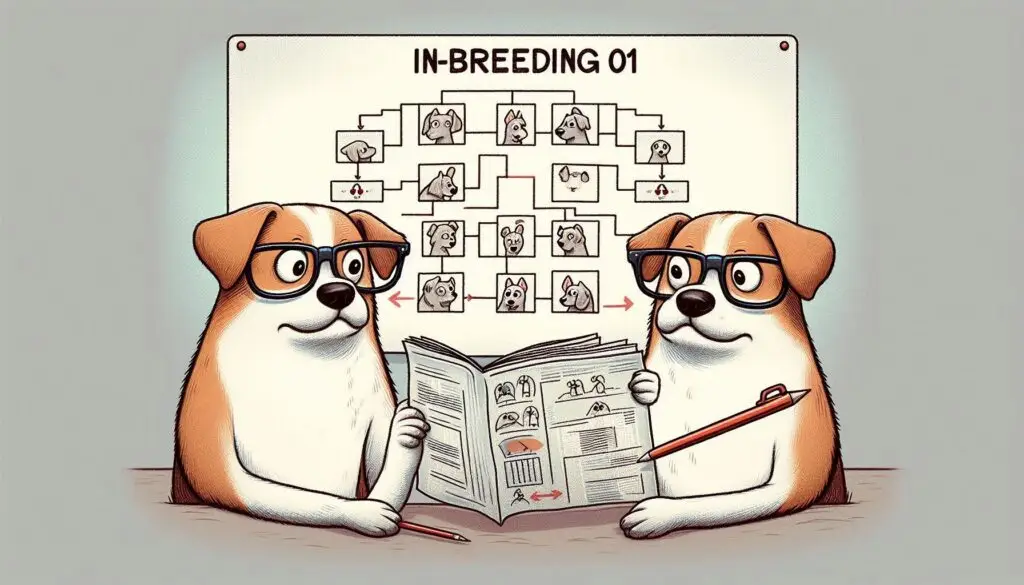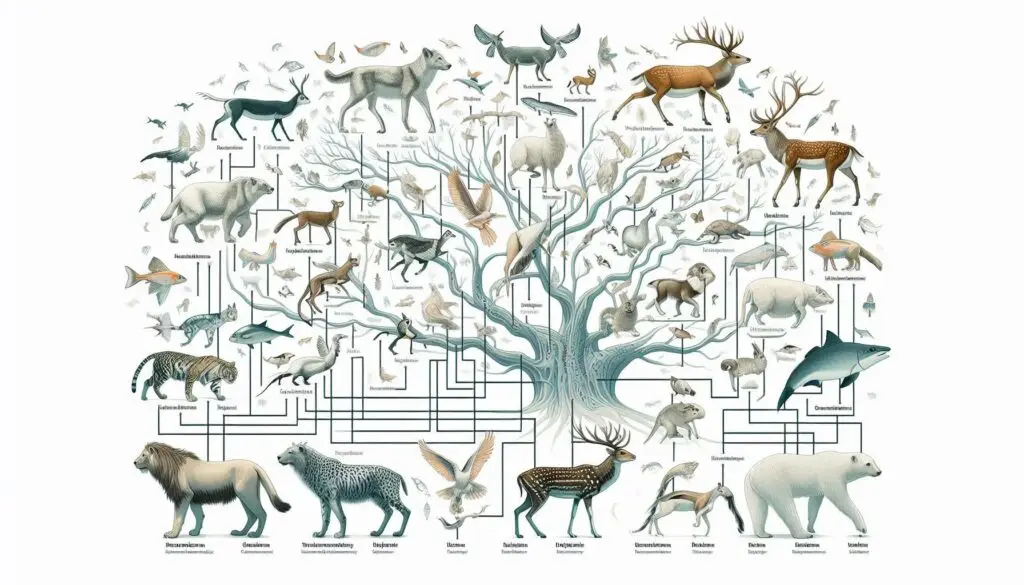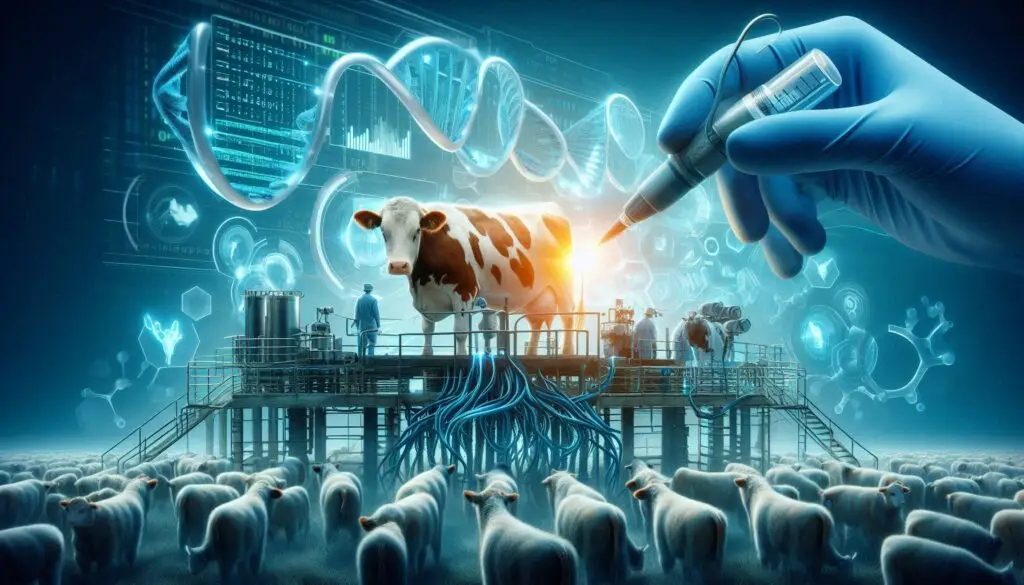Outbreeding in Animals

What is Outbreeding?
Outbreeding refers to the mating of animals that are not closely related. This strategy is essential for enhancing genetic variation within a population. It contrasts with inbreeding, where closely related individuals mate. While inbreeding can help retain specific desirable traits, it often leads to decreased vigor and fertility due to the accumulation of harmful genes.
Why is Outbreeding Important?
The importance of outbreeding cannot be overstated. It increases genetic diversity and promotes hybrid vigor (heterosis). Hybrid vigor results in offspring that are often more robust and productive than their parents. This phenomenon occurs because outbred individuals typically have a wider range of alleles, which can lead to improved health and resilience.
Types of Outbreeding
Outbreeding encompasses several methods, each with distinct characteristics and purposes.
1. Outcrossing
Outcrossing involves mating individuals from the same breed that do not share common ancestors for several generations. This method helps introduce new genes into a breeding line without significantly altering breed characteristics.
2. Crossbreeding
Crossbreeding entails mating purebred individuals from different breeds. This technique aims to combine desirable traits from both breeds to produce offspring that exhibit improved characteristics. For example, crossing a high-yield dairy breed with a hardy breed can result in offspring that are both productive and resilient.
3. Grading Up
Grading up refers to the process of improving non-descript females by using purebred sires over multiple generations. After several generations, these animals can be registered as purebreds due to their enhanced genetic quality.
4. Interspecific Breeding
Interspecific breeding occurs between different species within the same genus. While hybrids may display traits from both parent species, they are often sterile, preventing gene flow between species (e.g., mules are hybrids of horses and donkeys).
5. Top Crossing
Top crossing involves introducing a new strain by mating a purebred male with unrelated females from another strain for one generation only. This method allows breeders to assess the potential benefits of new genetics without committing to long-term changes.
Advantages of Outbreeding
Outbreeding offers numerous benefits that contribute to healthier animal populations.
1. Increased Genetic Diversity
One of the primary advantages of outbreeding is the increase in genetic diversity within a population. Greater genetic variation enhances adaptability to environmental changes and reduces the risk of genetic disorders.
2. Hybrid Vigor (Heterosis)
Hybrid vigor is a significant benefit of outbreeding. Offspring produced from outcrossing often outperform their parents in various traits such as growth rate, fertility, and disease resistance. This phenomenon occurs because combining diverse genetic backgrounds can mask deleterious recessive traits.
3. Improved Health and Productivity
Outbred animals tend to be healthier than their inbred counterparts. They show greater resistance to diseases and better overall fitness levels. Additionally, improved productivity leads to higher yields in livestock production systems.
4. Reduction of Genetic Disorders
By introducing unrelated genes through outbreeding, breeders can decrease the likelihood of recessive genetic disorders manifesting in offspring. This reduction results from breaking up harmful gene combinations that may arise from inbreeding.
Disadvantages of Outbreeding
Despite its benefits, outbreeding also has potential drawbacks that breeders should consider.
1. Potential for Unwanted Traits
Introducing new genes may inadvertently result in undesirable traits or health issues in offspring. Breeders must carefully select breeding pairs to minimize this risk.
2. Logistical Challenges
Outbreeding requires careful management of breeding pairs and may involve significant logistical planning, especially when dealing with geographically distant populations.
3. Loss of Specific Traits
While outcrossing can enhance overall vigor, it may also dilute specific desirable traits unique to certain breeds or lines if not managed properly.
Factors Influencing Outbreeding Decisions
Several factors influence decisions regarding outbreeding strategies:
1. Breeding Objectives
Breeders must clearly define their goals before implementing an outbreeding strategy. Whether seeking improved productivity or enhanced disease resistance will dictate the choice of breeding pairs.
2. Selection Criteria
Choosing which animals to select for outcrossing is crucial for achieving desired outcomes. Breeders should consider health status, productivity levels, and genetic backgrounds when making selections.
3. Type of Mating System
The chosen mating system—whether it be outcrossing, crossbreeding, or grading up—will significantly impact the success of an outbreeding program.
Conclusion
Outbreeding is a vital practice in animal husbandry that supports genetic diversity and enhances the health and productivity of livestock through various methods tailored to specific breeding goals. By understanding the types, advantages, disadvantages, and influencing factors associated with outbreeding, breeders can make informed decisions that contribute positively to their breeding programs.
More from Genetics and Animal Breeding:
Random Genetic Drift






Responses